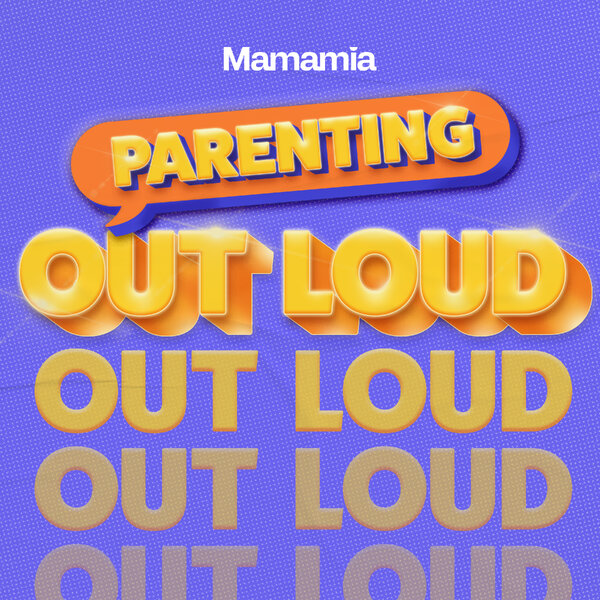In the past week, fires have burned across NSW, devastating families and destroying homes.
And it only adds insult to deep, deep, injury that several of these fires may have been deliberately lit.
Some, by children.
Yesterday brought the news that an 11-year-old boy has been charged with lighting fires in Newcastle. In another incident, a 14-year-old boy has been charged with lighting fires in the Hunter Valley. A 12-year-old girl and a 13-year-old were also charged with trying to light a grass fire in Sydney’s west.
Children deliberately lighting fires on hot and windy days. On days when firefighters are putting their lives on the line across the state. On days when many people fear they might lose their houses, their belonging, their pets; or are mourning the loss because they already have.
So what in the world prompts a child to take such incredibly risky and deliberate action?
Mamamia spoke to registered child and adolescent psychologist Dr Michael Carr-Gregg to find out what he thinks might be the motivation behind committing such a crime.
What motivates a child to light a fire?
I wish there was a simple answer to the question, but motivations for firesetting can range in severity and desired outcome, from curiosity, boredom or attention seeking, to sexual enjoyment, revenge, feelings of power and control, or destruction.
Other motivations behind arson include to conceal evidence, to set vehicle fires, insurance fraud, political purposes or re-housing.The analysis of all current research identifies seven categories of firesetters:




























































































